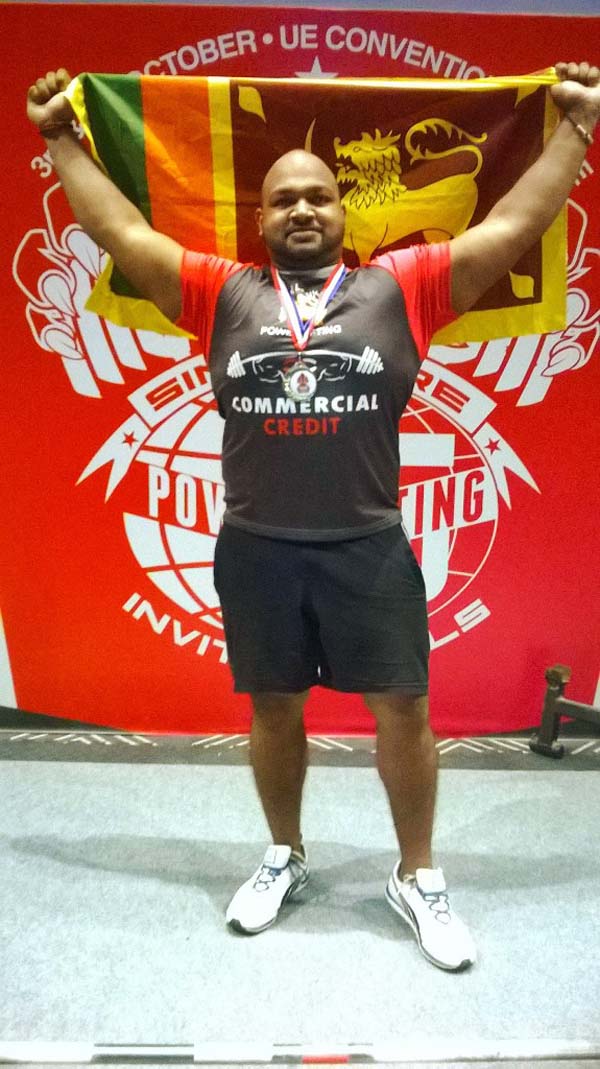How “Event-to-Offer” Strategies Can Increase Digital Sales
An event-to-offer framework can optimize investment in digital channels, enabling higher sales productivity and cross-sell rates
You have executed a digital channels strategy to enable cross- and multi-channel sales capabilities, including social networks. You are employing digital marketing tools to measure page views, interest, opportunity conversions, and sales conversions. Now, you want to use those tools to increase your sell rates. What is your next move?
Investing in digital channels such as social media, websites and mobile apps to enable greater sales productivity in terms of offers and conversion rates depends on customer event-to-offer foundations. Event-to-offer is a process framework that consists of IT infrastructure and technology foundations that scale and deliver, in real or right time, contextualized offers to customers to improve cross-sell rates and sales across any channel. For example, mobile service providers can detect and provide notification to customers when they are reaching their service plan usage limit. They can then offer the subscribers, in real time, the options to temporarily increase their limit or change their plan. Without such a foundation, organizations will not be able to effectively leverage the valuable data their digital channels are constantly producing.
A brave new digital world
Our customers live in a world of networks: community, social, service provider, mobile, and home. Companies interact with their customers via channels: stores, web, mobile, contact center, direct sales, partners, and exchanges. Given this channel complexity, it is a challenge to simultaneously provide stellar customer experience and achieve high sales productivity outcomes. This is because, despite the flexibility to present offers in the digital channel, the enterprise lacks capabilities such as transaction straight-thru-processing, multichannel and network customer event detection, customer data hub, real-time decisioning, and big data analytics.
An event-to-offer framework operates on a basic principle. According to Norman Pearlstine, former editor of The Wall Street Journal, “successful new media will come only when you have at least one of three elements—timeliness, specificity or personalization, and a transaction—and if you have all three, so much the better.”
Event-to-offer is simply knowing everything we can about our customers so wherever and whenever they interact with the company brand, we can (in real or right time) ask for their business or service their needs while delivering a great experience. Apple, Amazon, and Nordstrom are examples of customer-centric companies that compile customer data and channel context with a memory of past experience—good and bad. This data is used to detect buying or service signals in the digital channel interaction to provide promotions or offers, or get the request right the first time. A great experience is a journey, so these same companies are continually using what they know about customers to continuously simplify, personalize, and improve the time value of the experience.
The strategic question for the business and CIO stakeholders is: Do we have the capabilities or foundations to deliver customer event-to-offer in real or right time? And what capabilities should we invest in to ensure that these foundations drive digital strategy?
A pipeline of capabilities
There are a number of key components of an event-to-offer framework. They include:
- A real-time decisioning process, which sits at the apex of the framework and is accessible to all channels. The concept of this process is to promote an opportunity in right or real time irrespective of channel (store, web, mobile, kiosk) based on contextual awareness of customer interest, the specific channel context, product offer matching, predictive behavior, customer value and experience history.
- Direct access to the “golden customer record,” which resides in a universal customer master that is accessible to CRM and channel applications. This record includes channel context—knowing the preference of an individual customer’s browsing, sales, or service interaction (e.g. social, mobile, website, contact center, or kiosk.). The record also includes experience history, which is the qualitative value of the last interactions with the enterprise.
- The foundation layers, which capture, fuse, and analyze customer data from the interaction channels (contact center, stores, web, mobile, social) and usually represent a pipeline of processing components such as big data, policy management, and right time customer analytics.
The event-to-offer framework is a “pipeline” of capabilities that simplify channel IT integration. It delivers a common access point for identifying customer aware sales opportunities, making offers that are timely, specific, and personalized—irrespective of the digital channel.
If you possess the capability to detect opportunities and promote offers in real time in a way that meets the tests of timeliness, specificity, personalization, and a transaction, this increase in offer rates across the channels can drive revenue growth. Digital channels such as social media and mobile apps open up the capacity to promote more offers. Event-to-offer provides the foundations to more effectively deliver offers, and extract business value from your digital strategy
Greg Kloster is a director in the Industry Strategy & Insight team at Oracle.




